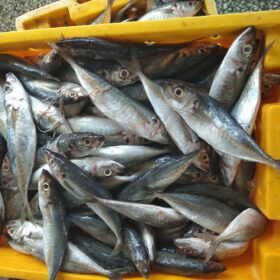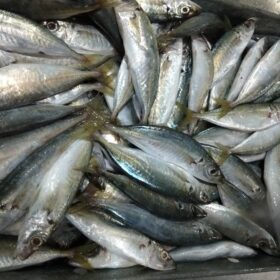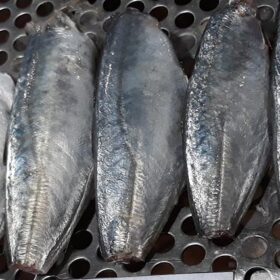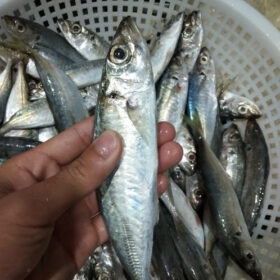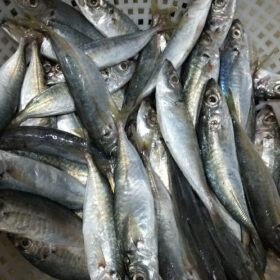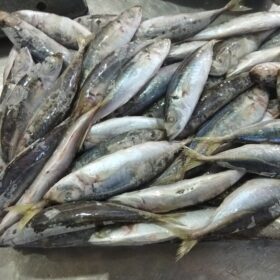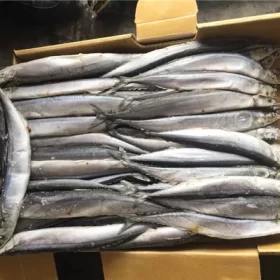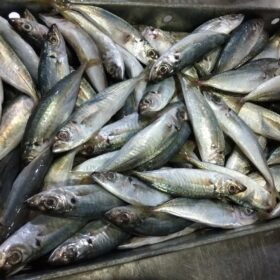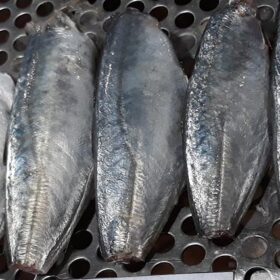Exploring Round Scad: Varieties, Dissections, and Export Prospects in the Vietnamese Market
In the realm of marine biodiversity, few species hold as much economic promise as the round scad. This unassuming yet highly sought-after fish has captured the attention of both seafood enthusiasts and business entrepreneurs, with its diverse range of types, distinct characteristics, and lucrative export opportunities within the vibrant Vietnamese market. In this comprehensive exposé, we will dive deep into the world of round scad, unraveling the nuances between its different types, shedding light on key distinguishing features, and delving into the promising avenues it presents for successful export endeavors in Vietnam.
The Enigmatic Round Scad Unveiled
Scientifically known as Decapterus, the round scad emerges as a fascinating species of fish that inhabits the warm tropical and subtropical waters, making it an integral component of the marine ecosystems across the globe. Despite its modest size and unobtrusive appearance, the round scad boasts characteristics that make it a focal point of marine studies, culinary exploration, and economic growth.
Diverse Varieties of Round Scad
Within the umbrella of round scad, a diverse assortment of varieties exists, each with its own unique attributes and characteristics. Let’s delve into some of the most prominent types:
1. Indian Scad (Decapterus russelli)
Renowned for its rich flavor and robust texture, the Indian scad is a staple in both local and international seafood cuisines. Its medium size and distinctive silver-blue hue set it apart, making it an ideal choice for a myriad of culinary applications.
2. Bigeye Scad (Decapterus macrosoma)
Boasting a larger size and strikingly patterned appearance, the bigeye scad is a visual marvel in the aquatic world. Its vibrant colors and intricate markings have earned it a prominent position in the ornamental fish trade, captivating enthusiasts and collectors alike.
3. Frigate Scad (Decapterus tabl)
Characterized by its elongated body and streamlined shape, the frigate scad is a testament to the elegance of marine life. Its swift swimming abilities and abundant presence in tropical waters make it a subject of fascination for marine researchers and anglers alike.
Distinguishing Features that Set Them Apart
While the various types of round scad share a common lineage, they are distinguished by subtle yet significant features that cater to varying preferences and uses. The Indian scad, with its delectable taste and versatility, finds its place on dining tables and seafood markets, adding a touch of sophistication to a myriad of dishes. In contrast, the bigeye scad’s captivating appearance and ornamental value have transformed it into a prized commodity among collectors and enthusiasts, contributing to the global appreciation of aquatic aesthetics. The frigate scad’s streamlined physique and impressive swimming capabilities position it as a favored target for sport fishing, inviting enthusiasts to test their angling prowess.
Navigating the Export Prospects in Vietnam
As the Vietnamese market continues its exponential growth trajectory, enterprising individuals and exporters find themselves at the cusp of a golden opportunity to harness the appeal of round scad. Leveraging Vietnam’s robust maritime resources and the increasing demand for premium seafood, round scad emerges as a prime candidate for lucrative export ventures.
The assortment of round scad types lends itself to diverse possibilities. Indian scad’s culinary excellence and market popularity make it a potential export staple, catering to both local and international demand. The bigeye scad’s ornamental allure presents a niche market ripe for exploration, as collectors seek to acquire this visually stunning fish. Additionally, the frigate scad’s sporting value opens doors for sport fishing enthusiasts, who are willing to pay a premium for the opportunity to engage with this agile species.
Capitalizing on Export Opportunities
For those aspiring to capitalize on the export potential of round scad, strategic planning and collaboration are paramount. Building partnerships with local fishers and seafood suppliers ensures a consistent supply of high-quality specimens. Establishing relationships with distributors and market intermediaries facilitates the efficient navigation of export regulations and consumer preferences.
Moreover, adhering to sustainable fishing and breeding practices isn’t just ethically commendable – it’s a strategic advantage. Responsible practices not only contribute to the preservation of marine ecosystems but also enhance the long-term viability of round scad exports, fostering a reputation for ethical and environmentally-conscious business practices.
Final Thoughts
In the vast expanse of oceanic marvels, the round scad stands as a symbol of untapped potential and interconnectedness. Its diverse varieties, unique attributes, and burgeoning export

